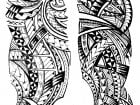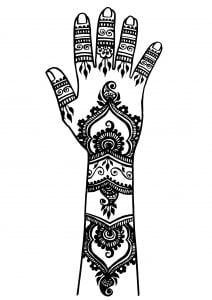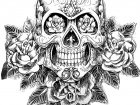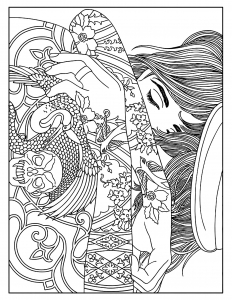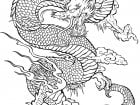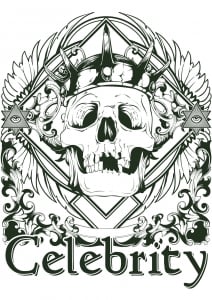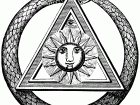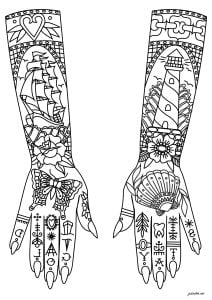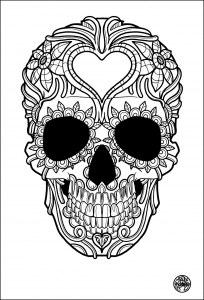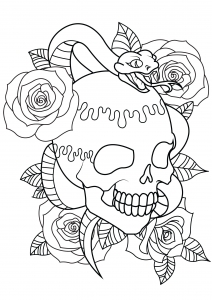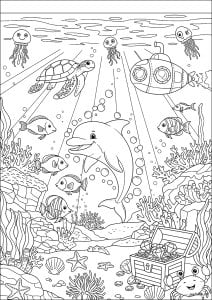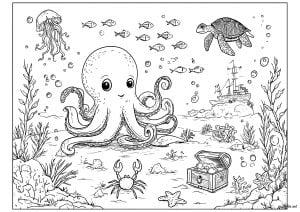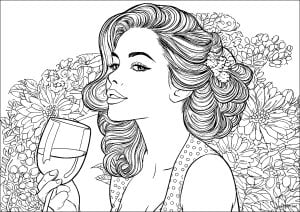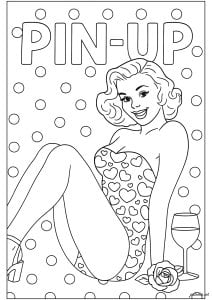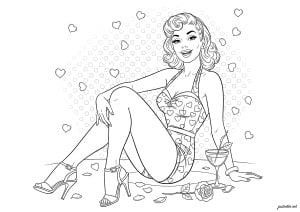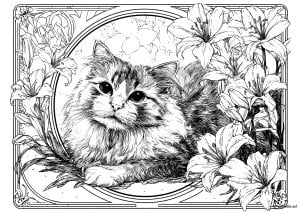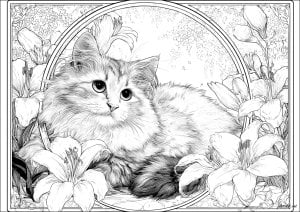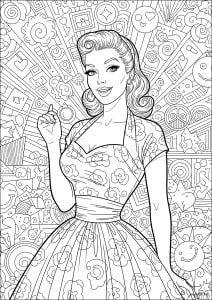Tatouage Polynesien: Nga tama o Punga (Tattoo Coloring Page)
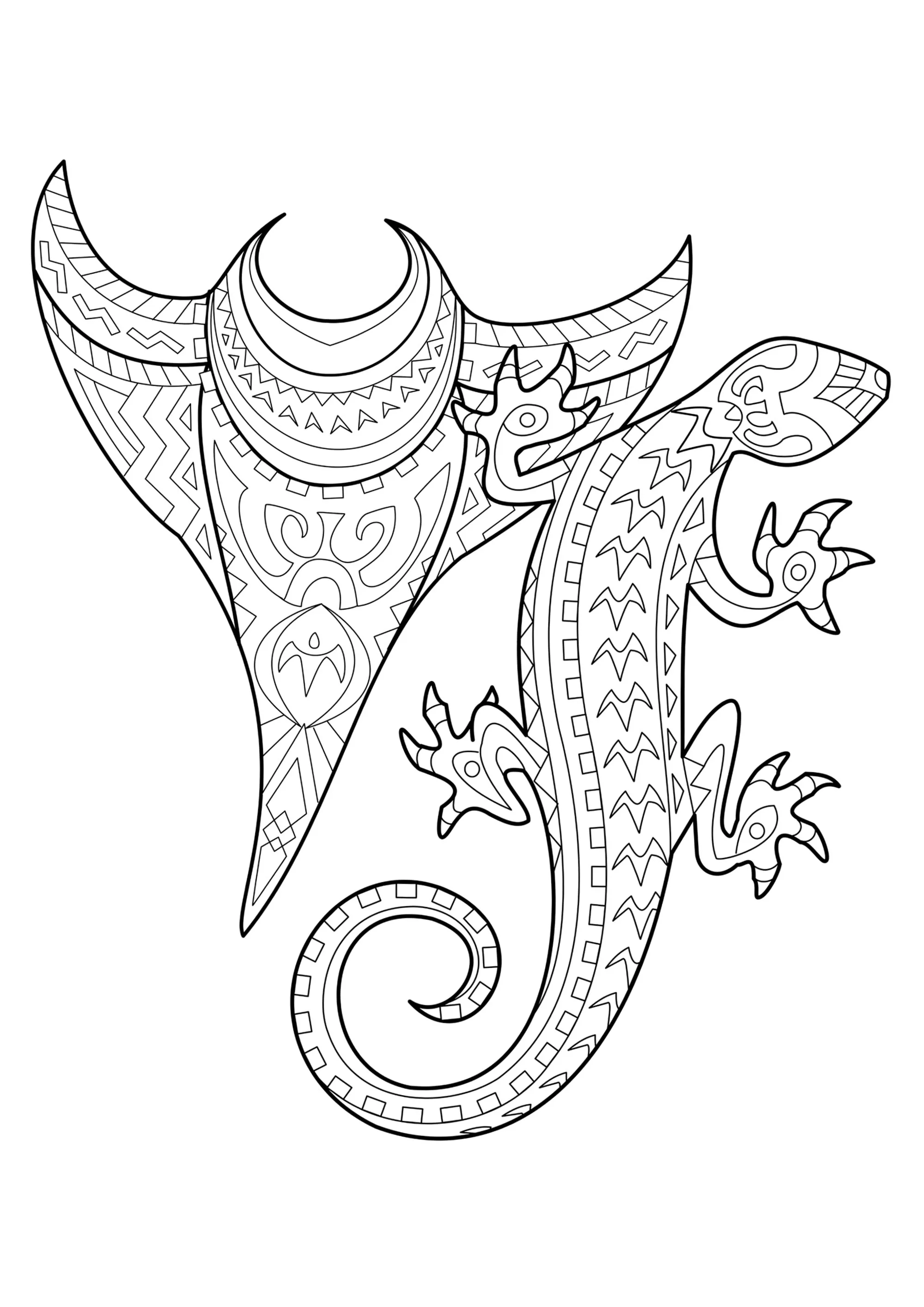
Tatouage Polynesien: Nga tama p Punga
Coloring from the book Polynesian Tattoos: 42 Modern Tribal Designs to Color and Explore by Italian artist Roberto 'Gi. Erre' Gemori.
Find out more here: www.shambhala.com/polynesian-tattoos.html
Artist's website: Tattootribes.com.
A hip and moderately tough Tattoo outline to color, to print or download as a PDF.
The tools and techniques for tattooing have evolved over time, from primitive tools to modern electric tattoo machines.
Find out more here: www.shambhala.com/polynesian-tattoos.html
Artist's website: Tattootribes.com.
A hip and moderately tough Tattoo outline to color, to print or download as a PDF.
The tools and techniques for tattooing have evolved over time, from primitive tools to modern electric tattoo machines.
Artist : Roberto “Gi. Erre” Gemori
Click on the buttons below to Print or Download in PDF for free this Tattoo image
You'll also like these Printable Tattoo coloring sheets for adults
The art of tattooing dates back to ancient times. Did you know that many mummies have been found with tattoos, as well as the prehistoric man Otzi, who had therapeutic tattoos? They could serve as inspiration for your future personal ornaments or simply be a source of pleasure for intricate coloring.
Check out our latest added coloring sheets ready to be colored
Take a moment to explore our latest coloring pages, newly added to inspire your creativity and bring your imagination to life.
You can see
more recent coloring pages here →

Share your coloring pages on our Facebook Group ADULT COLORING FANS
SPECIAL OFFER, FOR A LIMITED TIME!
Get your FREE Mandala Coloring ebook
This ebook contains 30 incredible Mandala coloring pages
Get My Free Coloring Ebook NowSee all our Coloring eBooks


